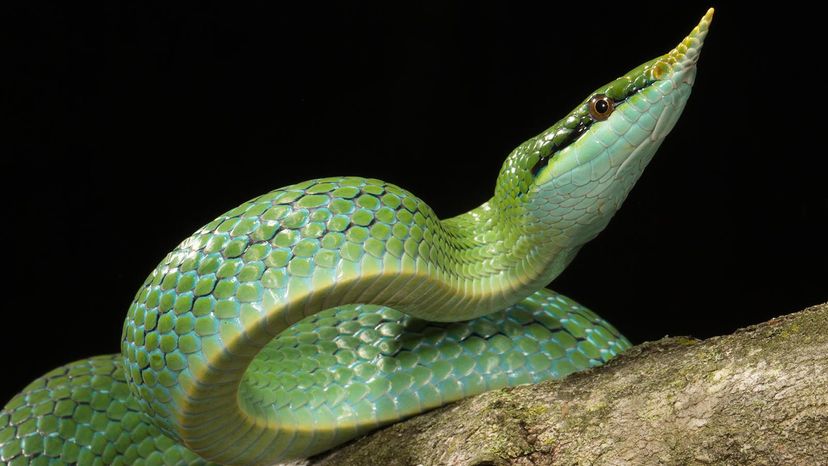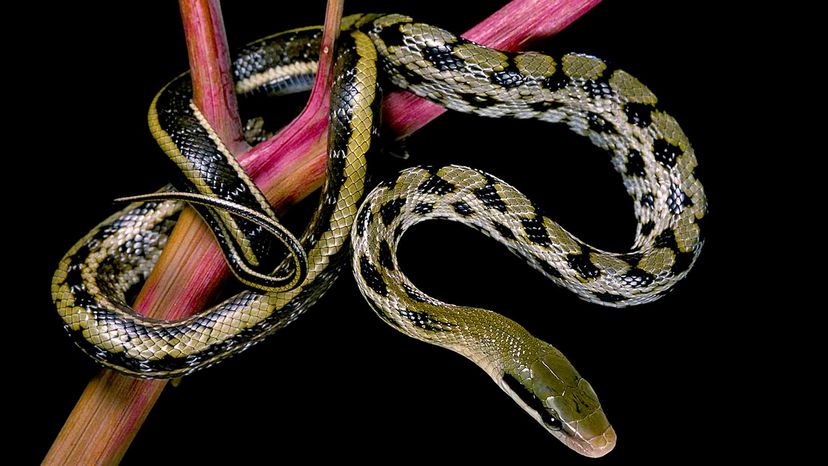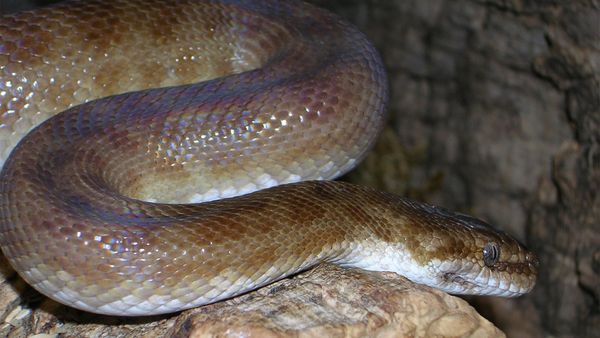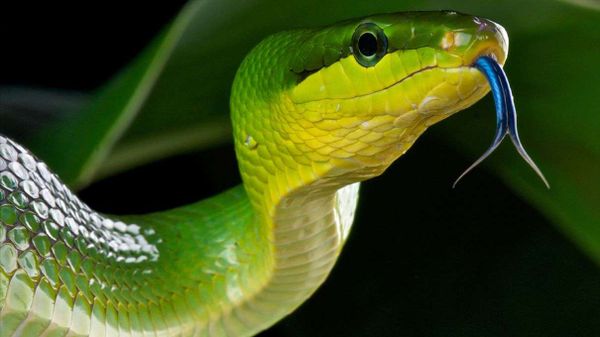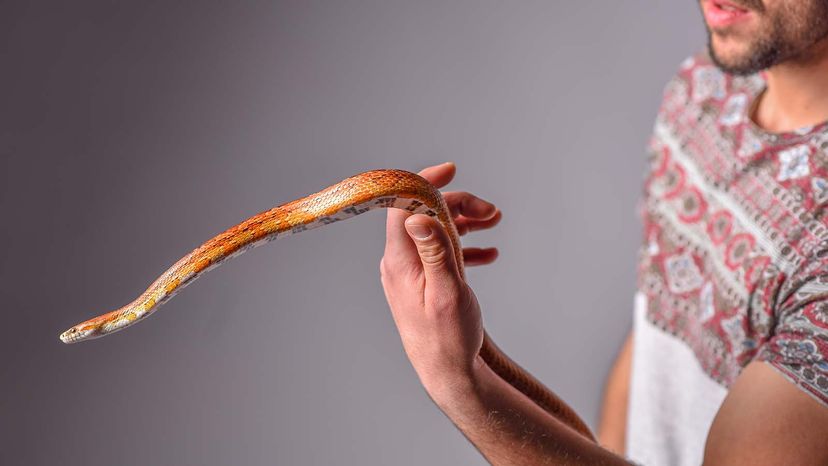
You are what you eat. The bat falcon of Central and South America is so named because it's a bird that hunts flying mammals. So it goes with rat snakes. Found throughout much of the Northern Hemisphere, these reptiles often serve as de facto rodent exterminators.
Beyond that, they've made a mark on the pet trade, too; some dedicated hobbyists write four-figure checks to procure rare or unusual rat snake specimens. From their husbandry to their evolution, here are 11 cool things that make rat snakes so wild.
Advertisement
